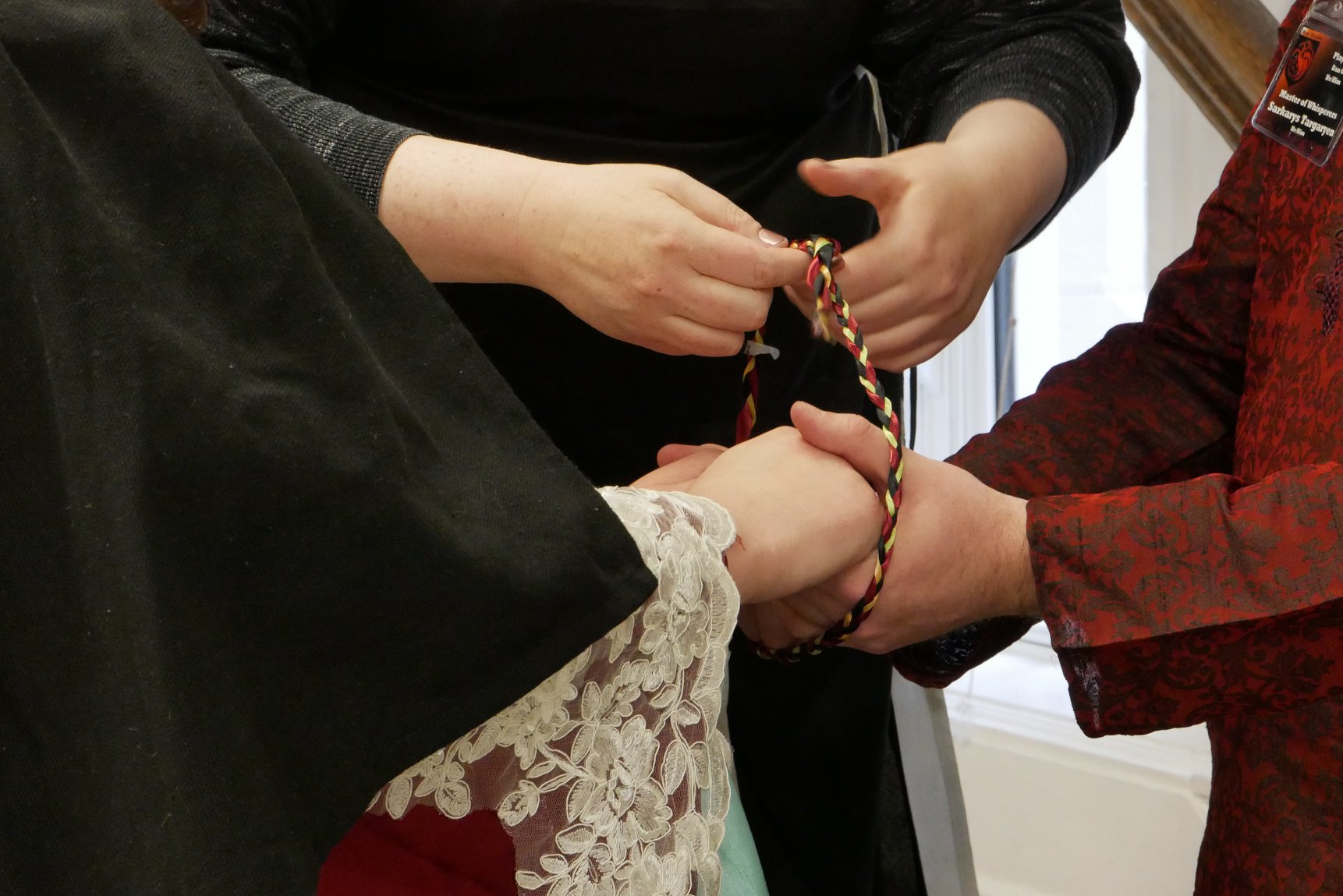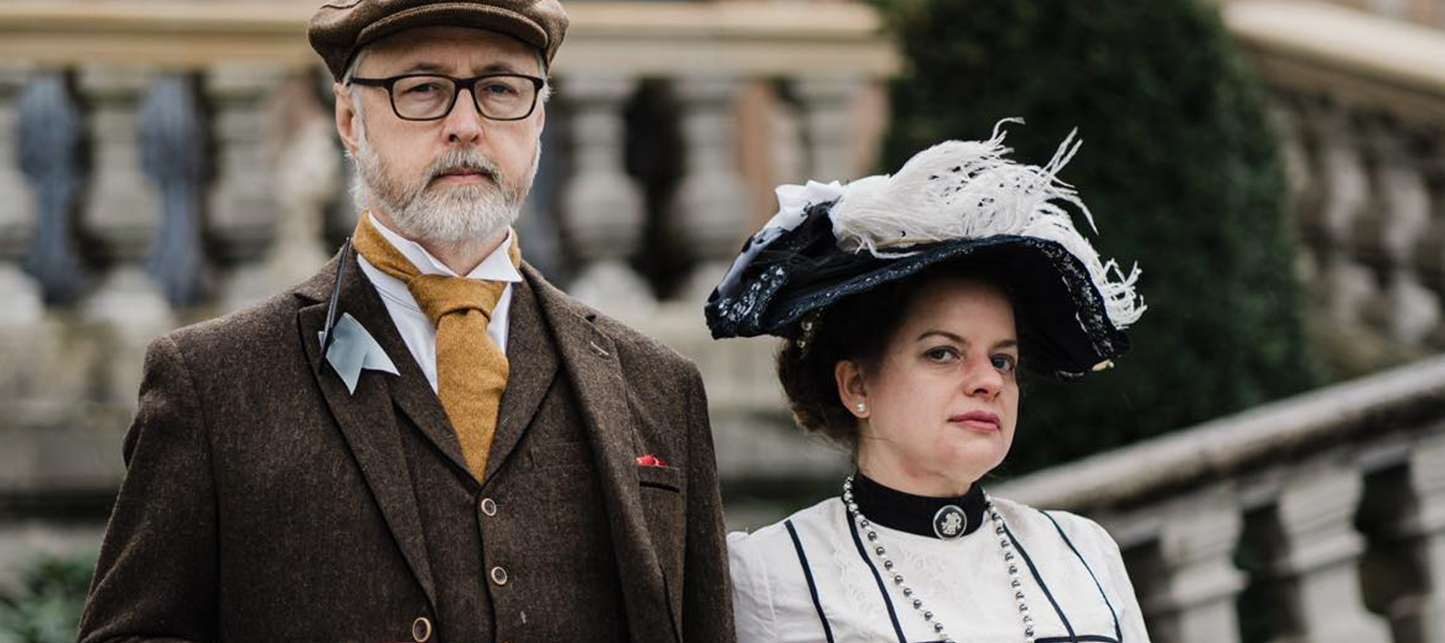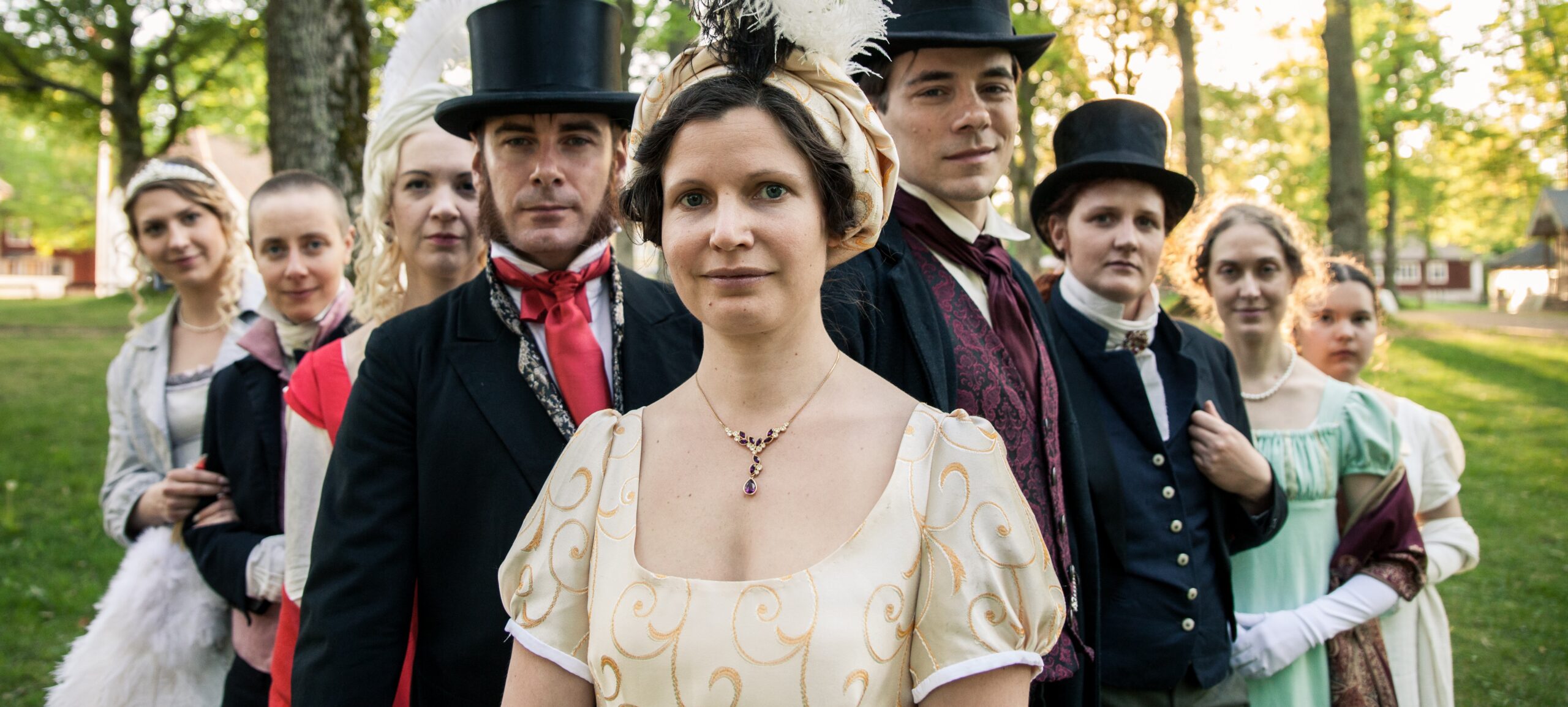Tag: Romance
-

Listen 2 Your Heart Season 8: An Unexpectedly Bleedy Experiment
Reflections on an online larp adaptation of the popular Netflix dating series Love is Blind.
-

Wielding the Magic of Anticipation
in
Maximizing the emotional impact of anticipation for better larp play.
-

Creating Magical Romance Play
in
How do we use romantic play to deepen a character, creating an engaging story about emotions that enriches play for all parties involved.
-

Sex, Romance and Attraction: Applying the Split Attraction Model to Larps
in
The Split Attraction Model can be used to expand language in describing larps, in setting expectations, and in player negotiations, in order to reduce struggles and misunderstandings.
-

Larp Crush: The What, When and How
in
Larpers generally agree that what happens in-game stays in-game. But then there’s the larp crush — a condition where you and your character get your wires crossed, so to speak. Larp crushes are known to be potentially more intense than pretty much any other experience of bleed.




